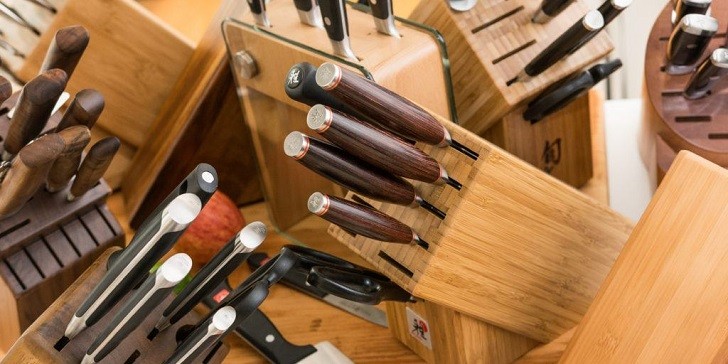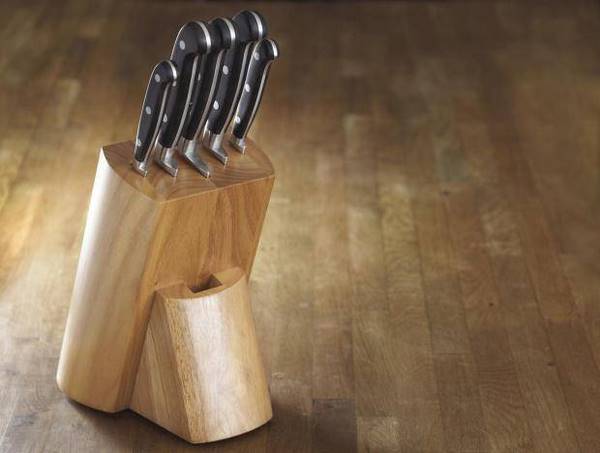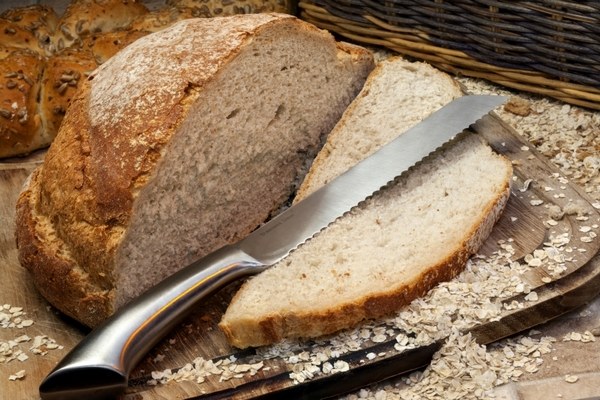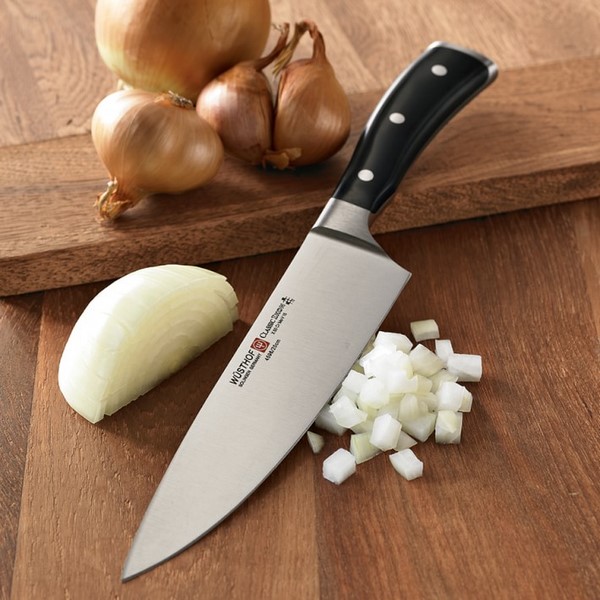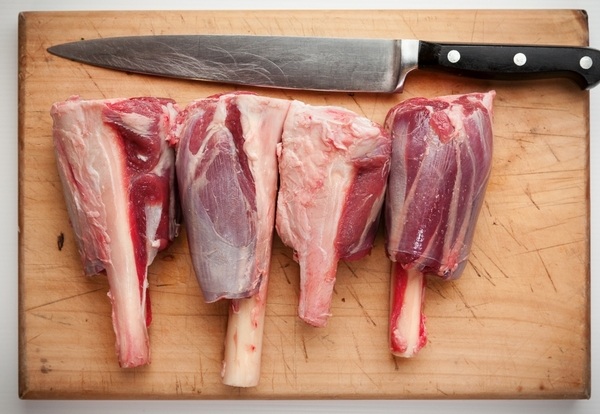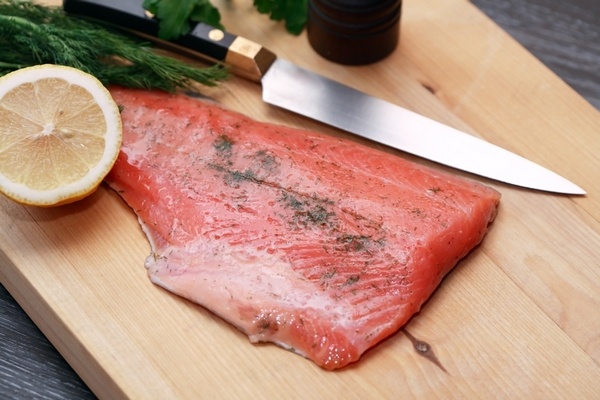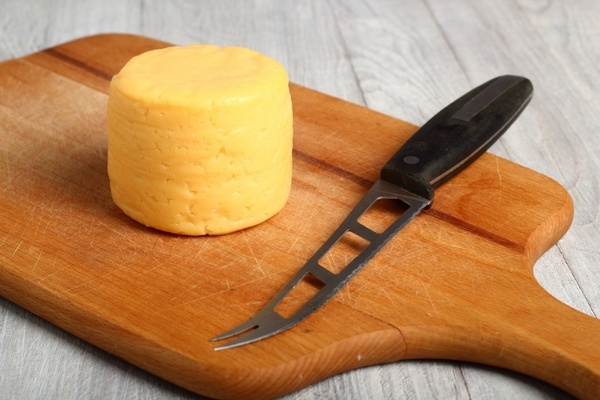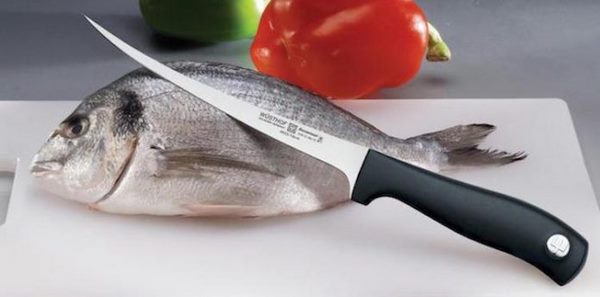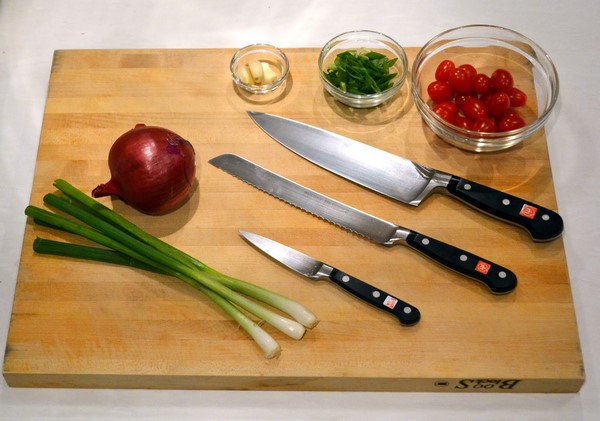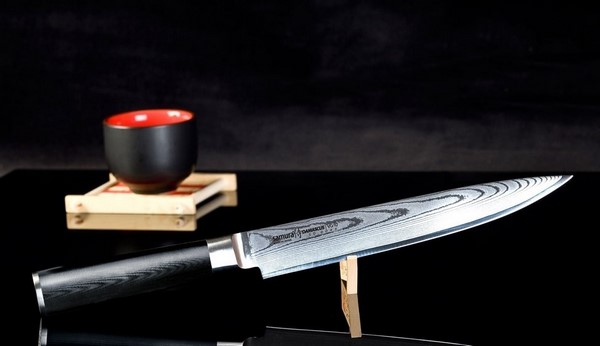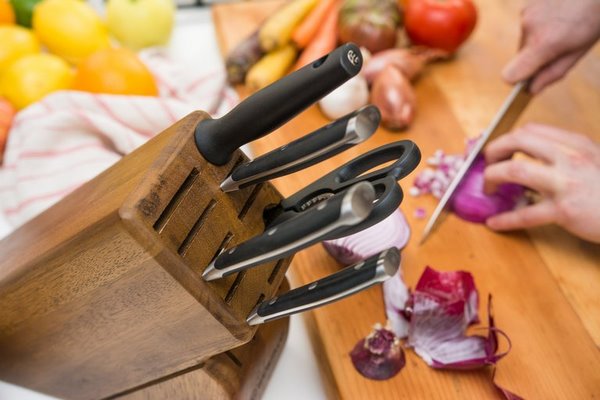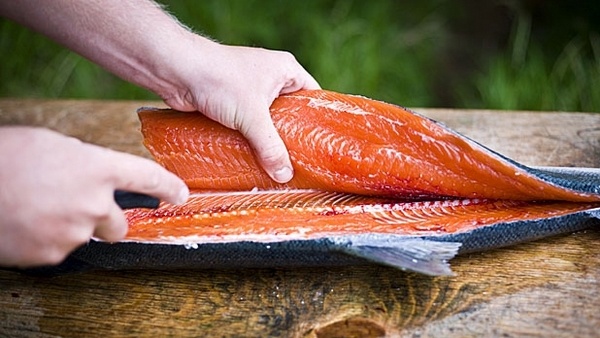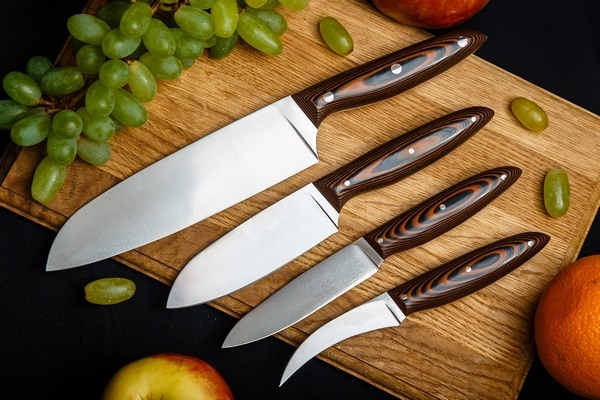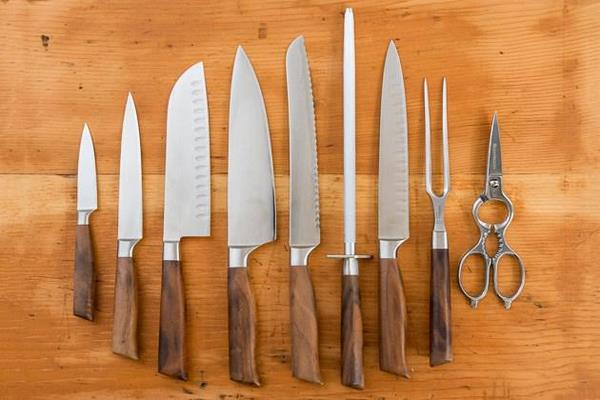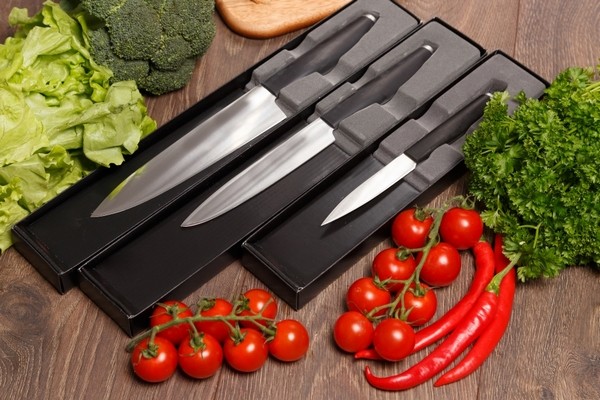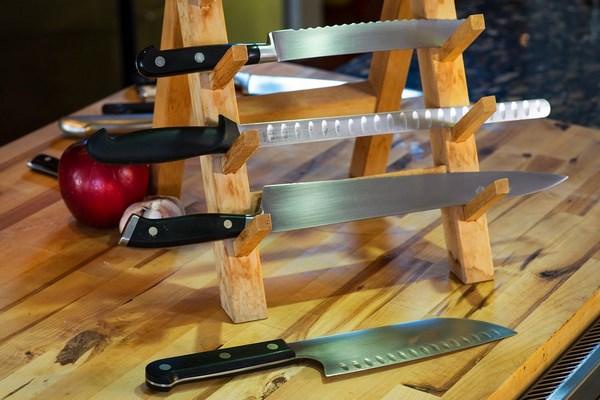How to choose the best kitchen knife set? You need high quality knives made of environmentally friendly materials to quickly cut food. Experts say that the best set is actually not a set at all, as knives are designed to be used for different tasks. There are many factors that affect the performance of a knife and many requirements for the blade material, shape, coating, handle, weight, etc. The market offers many sets and you can choose between sets with handles which are equipped with a magnetic mount for hanging on the wall or sets that come with a stand for convenient and safe storage.
What are the major types of kitchen knives?
The majority of manufacturers produce individual products for daily cooking as well as professional kits, where each knife is intended for a specific purpose. Obviously, the price of a set is determined by the materials and the number of knives. Having just one knife is not enough. Despite the fact that some blades are advertised as “universal”, understanding the purpose of the different types will help you combine the best kitchen knife set for your kitchen.
Bread knife – it has a long serrated edge, the width of the blade is equal throughout its length and typically, has a large handle. As the name implies, this one is used for cutting bread and can be also used for hard rind fruits.
Chef’s knife (Cook’s knife) is the one widely used in any commercial kitchen and considered as a “universal”. It has a wide heavy blade with symmetrical sides that taper to a point. It is very convenient to cut vegetables, including large cabbage, grind greens, slice, and even mince meat.
Utility knife (Knife for vegetables) – typically, this is a small knife with a pointed short blade is ideal for cleaning medium-sized soft vegetables and fruits. It can be used to cut out fillets, slice oranges, lemons, carrots, beet, etc. A similar model with a serrated edge is very good to cut tomatoes as the blade cuts through the skin, but does not crumple the pulp and does not squeeze the juice.
Meat carving knife is designed with a pointed tip and is the best option for cutting slices of raw meat or large cooked meats. It is thin and you can use it when you need thin slices of roast, ham, etc.
Boning knife – this is another type of meat knife and this variety is manufactured with flexible, semi-flexible (semi-stiff), or stiff blades. Its purpose is to separate meat from bone.
Slicing Knife – The straight, long and very sharp blade will allow you to cut the finest pieces of fish fillets, cooked meat, sushi and sashimi, etc. It is advisable to cut the meat in one smooth motion so that the cut is perfectly even.
Cheese knives come in different varieties – for soft and hard cheese. When we talk about cheese knives usually we mean a designed for cutting soft cheese. The holes in the blade do not allow soft cheese to stick to the knife. The small forked end at the tip is very convenient to separate the pieces and transfer them to a serving plate.
A cleaver knife has a long, wide, rectangular blade and is sometimes called “Butcher’s knife”. It is used to cut through thick meat and bone or crushing food, lobster, for example.
Fish fillet knife, as per the name is designed for filleting. The blade is thin and flexible and it is mainly used for fish and meat. It is often mistaken with boning knife although the two are different yet there are fillet knives that can cut through fish bone as well. Usually these knives are made of stainless steel or high carbon steel.
Petty knife is thin, similar to the utility knife and is great for cutting soft fruits and vegetables, small items or when precise cutting is needed.
What is the basic kitchen knife set that you need to have at home and how to choose your knives?
It is logical that having every possible variation in a domestic kitchen is, if not impossible, meaningless. It is quite realistic to have three or five knives. Professional chefs give many and different suggestions which are based on their personal style. However, let’s see what a domestic knife set should include.
The basic trio of any domestic set must include:
- A chef’s knife;
- A utility knife;
- A bread knife.
Most manufacturers offer five or six pieces sets, which include vegetable, utility, kitchen, chef’s, carving and bread knives as well as a pair of kitchen scissors and sometimes a sharpener. Of course you could opt for eight or nine piece sets, depending on your personal preferences, skills and budget.
How to choose your kitchen knives is a very important question. There are many criteria and we shall list the essential ones below. Depending on your personal requirements you will be able to make the right choice:
Handle and handling – wooden handles are very convenient to the hand and do not heat up, but with time, they lose their appearance as wood wears out. Wood is susceptible to water damage which means that the handle may crack. Other options are composites materials or metal handles and each one comes with its own pros and cons. Bone and antler are also an option, but these are not used in mass production. Handling is the way you feel the knife in your hand. If it feels comfortable, then this is your knife.
Weight – this is a very important criterion when we talk about kitchen knoves, but also very individual to each person. Again, like with handling, you need to feel the knife comfortable when holding it. Knives, manufactured with modern alloys feel significantly lighter but have the same performance as heavier knives.
Balance is something that many people do not understand and that is why they underestimate its importance. A well balanced knife allows you to cut smoothly and without effort.
Material – kitchen knives are manufactured from different materials – carbon steel, stainless steel, high-carbon stainless alloys, and ceramic and each material has its advantages and disadvantages. For example stainless steel is resistant to corrosion, stains and water damage, but is harder to sharpen while carbon steel blades are easier to sharpen and retain a sharp edge for longer but are susceptible to water damage and may rust. Stainless steel alloys are usually used in Japanese blades and are considered to be the best material. However, the high price tag is a serious consideration.
Sharpening – despite that there are blades advertised to “never need sharpening” this is only a commercial trick. Remember that any blade will become dull sooner or later. Choosing a blade that cannot be sharpened means that at some point you will have to throw away your knife. Remember that a sharp knife is a safe one. Working with a dull blade requires more effort and in addition, there is a chance that the blade may slip and cut you.
Construction is essential for any knife – the blade must pass along the entire length of the handle – this is the best option.
Price – The price of a quality knife can not be low. It is naive to hope for longevity and super-properties of a knife bought for the price of a loaf of bread. Look for the best quality that you could afford. Think of the price as an investment and keep in mind that high quality kitchen knives will serve you for decades.
How to store and maintain your kitchen knives?
Not all owners know that compliance with the rules for storing knives can significantly extend both their life time and cutting properties. You may learn from experience and make all the mistakes or follow these simple rules which will help you maintain your knives in perfect condition.
- Store the blades on a magnetic strip or on a special stand.
- Keep the blades away from rubbing / impacting against each other and other metal objects.
- Do not use cutting boards made of ceramics, marble, granite and glass, the ideal options are boards made of wood or plastic.
- Ceramic knives are stored only in a special stand or in a separate box and should not be exposed to direct sunlight.
- Never leave the knives soak in water – wipe dry immediately after washing especially after cutting lemon and onions.
- Wash your knives manually, when washed in a dishwasher kitchen knives get dull as they are in contact with other cutlery.
- Do not use hot water to clean carbon steel knives.
- Do not heat knives.
- Use the blades only for their intended purpose.
And the last tip – do not save money on the knives. Having the best kitchen knife set means not only a quick work in the kitchen, but also a pleasure from this work.

